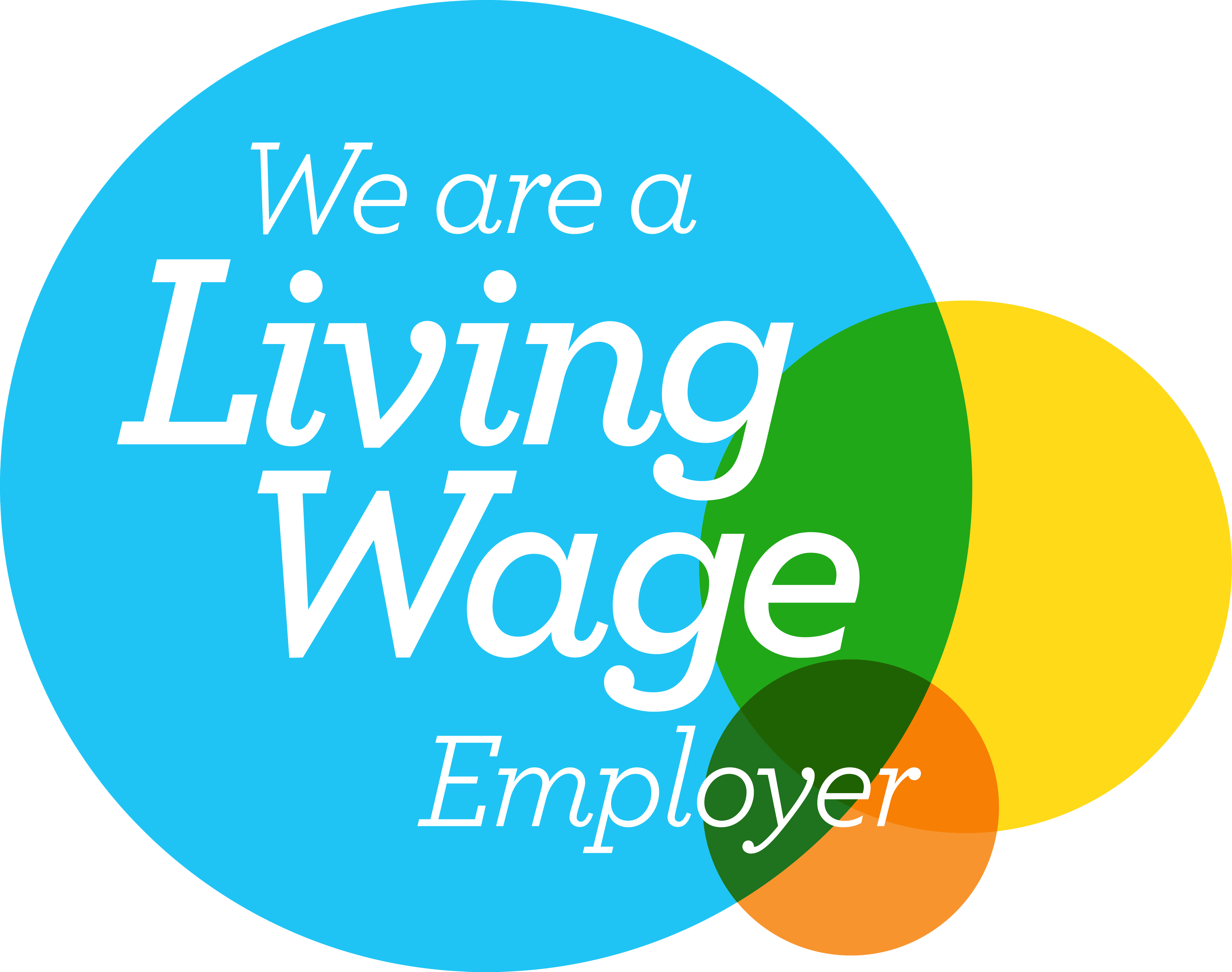Four-point plan for better endometriosis care in Scotland launched by charity
BBC Radio Scotland ran an in-depth, 30-minute feature on our report and recommendations, including comments from our Chief Executive. Listen to the piece here from 1h31m - it will be available until February 21st.
Removing the barriers healthcare practitioners face in diagnosing and caring for patients with endometriosis would have a “transformative” effect on the more than 100,000 living with the condition in Scotland and their families, Endometriosis UK says today.
Improving public understanding of the condition is also key to ensuring better outcomes for those with endometriosis, the charity adds.
Endometriosis UK is today releasing a research report commissioned by the Scottish Government on the barriers and challenges of improving endometriosis care in Scotland. The report comes as the Government is starting work on implementing the endometriosis commitments in its Women’s Health Plan. Currently, the average time to get a diagnosis of endometriosis is 8.5 years in Scotland1.
The research, which involved interviewing or surveying more than 270 healthcare professionals across Scotland, identified a number of barriers healthcare practitioners face in diagnosing and caring for patients with endometriosis, and makes four key recommendations:
- Implementing NICE’s guideline and quality standard on endometriosis across Scotland - the research found that this base level of care “is not currently being met”
- Facilitating relationship development between healthcare services through Managed Clinical Networks to allow for smoother referrals
- Increasing education at primary and secondary care levels, with the analysis showing both GPs and non-specialist gynaecologists needing more education on the condition
- Investing in endometriosis awareness through a public health campaign, as well as improved menstrual wellbeing education in schools and educating school nurses
The release of the report comes the week after a Scottish Parliament debate which showed cross-party consensus for the need for improved awareness, diagnosis and treatment of endometriosis.
Maree Todd, Minister for Public Health, Women's Health and Sport, said: "This important research will help us in our goal to make a meaningful difference to women whose lives are blighted by endometriosis."
“Scotland is the first country in the UK to publish a Women’s Health Plan, which prioritises improved access to support, diagnosis and the best treatment for endometriosis. And progress is already underway to implement an Endometriosis Care Pathway to be adopted across Scotland to support healthcare professionals to recognise the symptoms and provide a timely response."
“We continue to work with Public Health Scotland and partners to identify gaps in national data on gynaecology services to establish where further improvement is required that will be meaningful for women and their families.”
Emma Cox, CEO of Endometriosis UK, said: “We welcome the Scottish Government’s commitment to drive waiting times down and improve endometriosis care. The average of 8.5 years1 – and in many cases, much longer – it takes those in Scotland to get a diagnosis is unacceptable. Even once diagnosed, many with endometriosis are not able to get the care they need including access to endometriosis specialist centres in line with relevant NICE guidance.”
“In commissioning this report the Scottish Government has demonstrated that it understands the need to improve endometriosis awareness, diagnosis and care. This report sets out four key recommendations for making that happen, and we stand ready to work with the Scottish Government and all relevant stakeholders to implement changes that could be transformational for those with endometriosis in Scotland.”
More than 100,000 affected
Endometriosis, which can cause chronic pelvic pain, painful periods, painful sex, bowel and bladder problems, fatigue, difficulty getting pregnant and other symptoms, affects one in 10 women and those assigned female at birth from puberty to menopause – although the effects can be felt for life.
It is likely that significantly more than 100,000 in Scotland live with the condition, which makes it hard for some to remain in work or education and can trigger poor mental health. Endometriosis costs the UK economy £8.2bn each year in treatment, healthcare costs and loss of work2.
The report notes that nearly half (49%) of those with endometriosis are in pain most days, and that the majority use painkillers either most of the time (51%) or most months (29%). One in three say that endometriosis limits their activities most days, and a further third (35%) say it limits their activities every month.
NICE Guideline awareness
In research carried out for this analysis, 47% of non-specialist gynaecologists said they were familiar with the NICE guideline and its contents. Only 6% of those thought that Scottish healthcare was currently meeting the standard set by NICE, with 39% saying they felt Scotland was somewhat meeting them, 17% saying they were not meeting them, and the rest (39%) were unsure.
“Access to specialists and specialist services as outlined in the NICE guideline varied across health boards, and in particular, whether there was an endometriosis specialist centre present within the health board,” the report notes, saying that it was particularly difficult for those in more rural areas to access these services.
The analysis concludes that the “managed clinical network for women with suspected or confirmed endometriosis, consisting of community services, gynaecology services and specialist endometriosis services”, which is recommended by NICE, is not currently implemented across Scotland.
[1] Endometriosis in the UK – Time for Change, Inquiry Report of APPG on Endometriosis, October 2020
[2] Simoens S, Dunselman G, Dirksen C, et al (2012) The burden of endometriosis: costs and quality of life of women with endometriosis and treated in referral centres. Hum Reprod 2012;27(5):1292-9

